8. Hollywood Ending (2002)
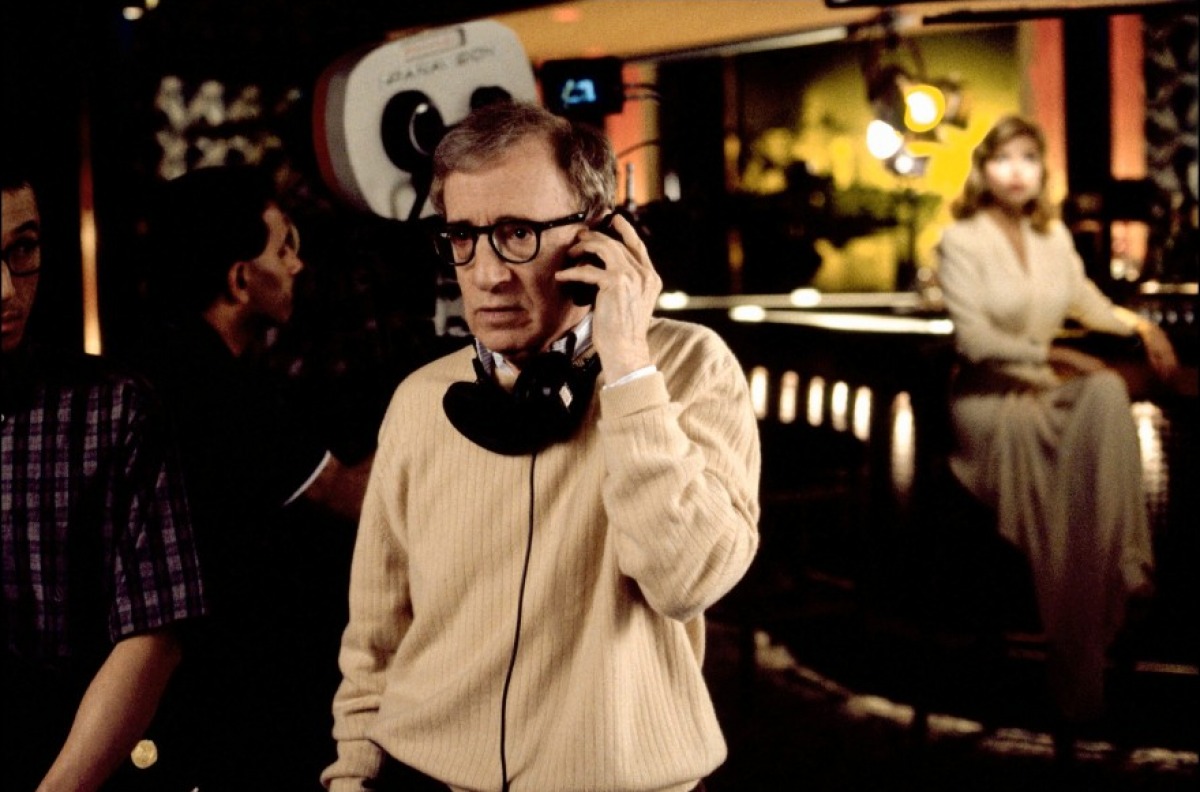
Those familiar with Woody Allen’s filmography (and biography) know how much psychology matters for him; a lot of his movies include references to psychoanalysis and feature mentally problematic characters.
These are mostly cases of mild severity, usually treatable through methods such psychotherapy (that Allen himself experienced as a patient). But among Allen’s vast filmography, the movie that most accurately depict the onset of a peculiar mental disorder is “Hollywood Ending”.
Far from being one of the director’s best efforts, even considering his late-career standard, this 2002 movie can still be considered a good comedy, but lacking the usual writing and editing quality that characterize most of Allen’s works.
The story is quite basic: Val Waxman (played by Allen) is a well known and prized director who is living the lowest point of his career, forced to direct television commercials to economically sustain himself and his girlfriend.
When his ex-wife proposes him to direct a blockbuster picture set in New York, he reluctantly accepts, but is soon put under a lot of stress (mainly coming from the fact that his current producer is sleeping with his ex-wife) and as a consequence develops a strong psychosomatic reaction that turns him completely blind. His desperate tentative of directing in this condition, without letting the crew know about it, sets the comical tone of the film.
Waxman shows the symptoms of a conversion disorder, an uncommon mental disorder that affects voluntary motor or sensory functions, therefore suggesting at first sight the occurring of some general medical condition, whose nature is often thought to be neurological, while the true causing factors are psychological. This disorder (listed in the Somatoform category) is mostly induced by excessive anxiety, stress or conflicts, as in the case of Allen’s character.
9. Spider (2002)
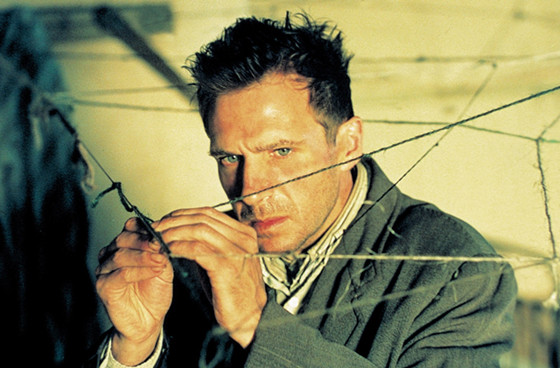
David Cronenberg is known for his weird body-horror movies and a peculiar taste both for the mutations of the human flesh and disorders of the brain. Delusional characters are a common presence in his movies as well (like in “Videodrome” and “Dead Ringers”), but the one that truly represents a plausible mentally ill person is the psychotic protagonist of “Spider”, a movie adapted from a novel by Patrick McGrath, a psychiatrist turned novelist.
Ralph Fiennes plays Dennis Cleg, a man in a semi-catatonic state who is discharged from a mental hospital and sent to live in a private house together with other psychiatric patients. He is allowed to wander in the neighborhood and the derelict suburban atmosphere of the district makes him relive his past, which he struggles to piece together like a puzzle.
He does so while in a constant state of partial lucidity that makes us, the spectators, wonder about the reliability of Cleg’s memories, up until the end of the movie, when these images from the past (concerning the father killing his mother and starting to live with a prostitute) are revealed for what they really are: delusions.
The character of Dennis Cleg as portrayed in Cronenberg’s movie is a schizophrenic patient. His condition is severe: the illness has gone so far that he lives in a catatonic state and the delusions have completely replaced his past, making him a totally unreliable narrator. Moreover, Cleg manifests delusions and the symptoms of disorganized speech and behavior, consistent with what psychiatric science define as schizophrenia spectrum disorder.
10. Matchstick Men (2003)
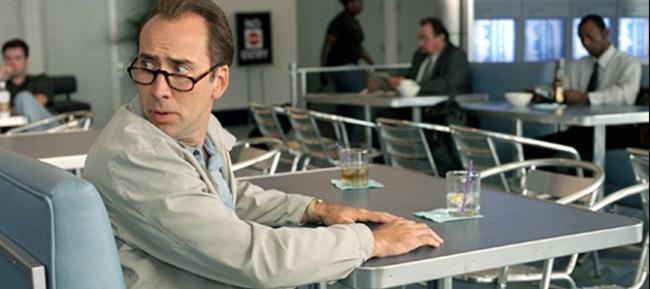
British director Ridley Scott certainly is not known for his comedies, in fact he hasn’t directed more than a couple of them. One is the adaption of Eric Garcia’s novel of the same name, “Matchstick Men”.
“Matchstick Men” indisputably has a comedic feeling to it, but it is primarily a crime film. The result is a black comedy about a couple of skilled con artists, the seasoned Roy and his apprentice Frank (respectively played by Nicolas Cage and Sam Rockwell), trying to score their biggest hit.
But things start to get uneasy between the two men when Roy’s daughter (Alison Lohman) meddles in, a 14-year-old girl whose existence he didn’t even know about because his pregnant wife divorced him and lost contact.
Cage’s interpretation shows us a plausible portrait of a patient suffering from a severe form of obsessive-compulsive disorder. Roy’s compulsive behavior strongly affects his everyday lifestyle and his social life; he’s obsessed with dirt so he makes people take off their shoes at his house, he can’t stand the sight of open windows, he suffers when in open-air locations, and he also has frequent motor tics, a rare symptom of OCD.
The movie also shows the importance of medications, which Roy desperately tries to acquire in order to keep his disorder under control and consequently live a seemingly normal life.
11. Margot at the Wedding (2007)
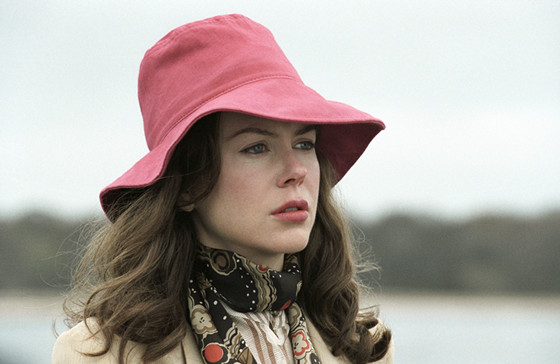
Noah Baumbach is an independent director with a preference for dramatic comedies. “Margot at the Wedding” is no exception and gives a good example of Baumbach’s style; he likes essential plots that allow him to concentrate the attention on the personalities of his characters. His movies don’t feature a lot of action but are more focused on smart dialogues, which make these simple stories interesting and make us feel for their protagonists.
Margot, a successful writer played by Nicole Kidman, is invited to her sister Pauline’s wedding along with her son, Claude. From the first scenes we understand the two women are not very close and tension soon seems to build up between them; Margot is upset because she thinks Pauline’s fiancée is an unattractive and unsuccessful man and that she deserves better.
Margot’s moody behavior and her frequent sudden moments of anger gives us a good portrayal of a borderline personality disorder patient. While in the movie the diagnosis is never made explicit, Pauline in a moment of rage “accuses” her of suffering from BPD.
The film gives us the idea of how hard it is to identify such subtle personality disorders, especially in the familiar context. Margot manifests some of the most typical symptoms of borderline patients, like affective instability (that leads to irritability and states of anxiety) and difficulty controlling anger, often inappropriate to the situation.
It is also common to find a pattern of unstable interpersonal relationships (quick alternation from idealization to devaluation of the relationship), which is clearly seen when Margot verbally attacks her own son and shortly after seems to regret it. A behavior that ruins her social interactions, which is one major negative aspect of BPD.
12. Helen (2009)
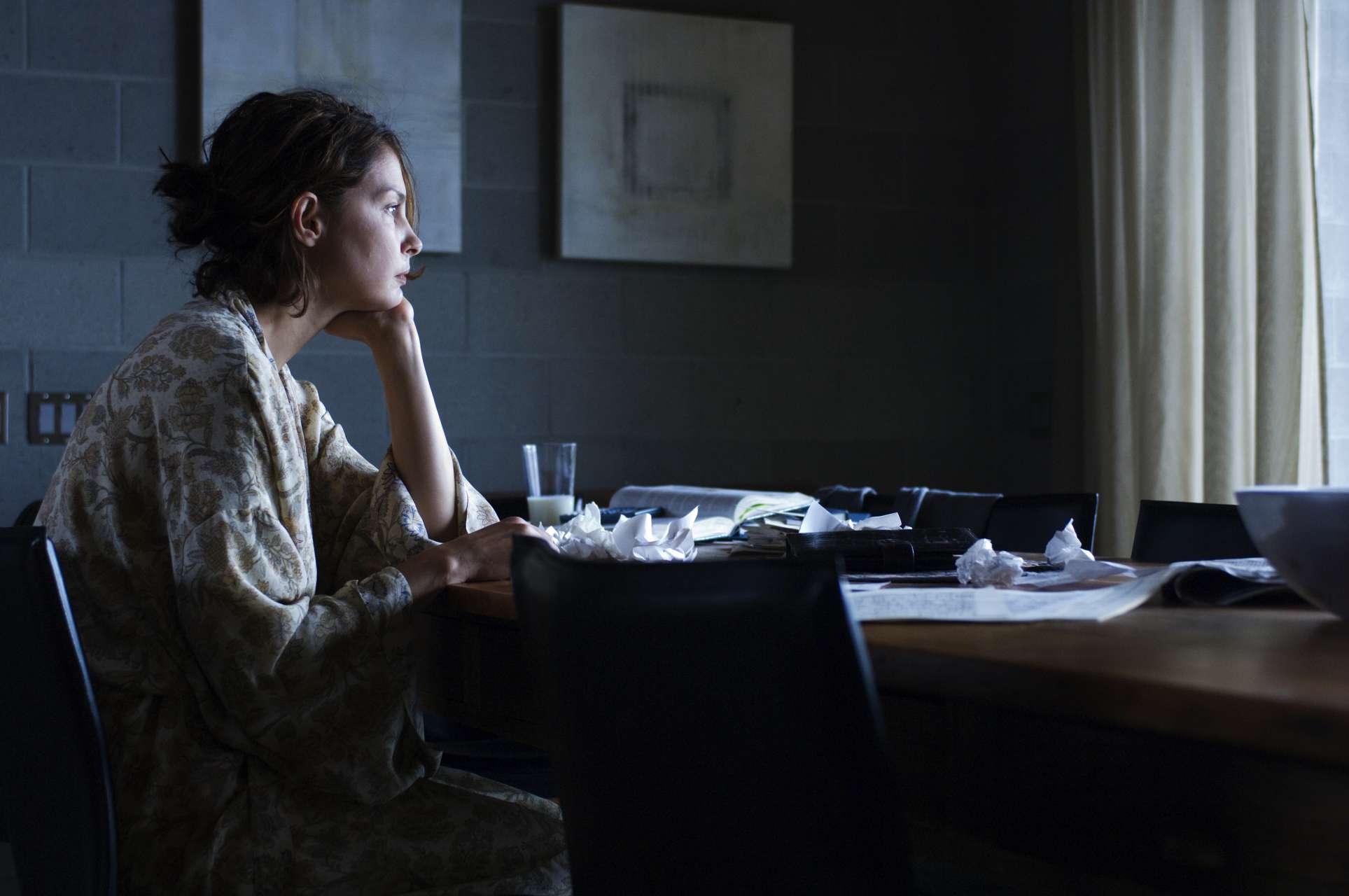
In the category of movies dedicated to the representation of depression, there is no other work as moving and as accurate in the portrayal of the illness as “Helen”.
This is probably the movie that more than any other on this list could be defined medically accurate. Its depiction of a patient suffering from major depressive disorder is so strikingly realistic that it could even be used for didactic purposes, as it perfectly shows a typical manifestation of this severe mood disorder, along with its clinical course and options of treatment.
The protagonist is Helen (Ashley Judd), a successful professor of music who is divorced but is leading a seemingly happy life along with her new husband and daughter.
That is, until something breaks inside her mind; she begins to lose concentration during lessons and has frequent moments of intense, unjustified sadness, so strong that it starts to alarm her and her husband, who notices her crying when alone or even in the presence of friends. She goes to see a psychiatrist and is told that her low mood is of pathological nature and can be treated with antidepressants.
Helen reluctantly follows the treatment but it’s not enough to relieve her from the grief. At some point she tries to commit suicide. The doctors tell her that the last resort is electroconvulsive therapy, which is eventually the only thing that really helps her through what she calls “Hell”.
Helen’s symptoms are perfectly consistent with the diagnosis made in the movie, that of a depressive disorder in one of its most severe forms. The movie is also realistic in showing the typical stigma that surrounds patients dealing with this disorder.
One of the main virtues of “Helen” is that it’s a honest movie, meaning that it doesn’t seek the classical (but misleading) happy ending solution, as it happens in other pictures where psychotherapy and the presence of loved ones is enough to overcome this condition. In real-life cases, this support doesn’t help and sometimes the most drastic solution (like electroshock therapy) is the only possible way to go back to living a normal life.
13. Antichrist (2009)
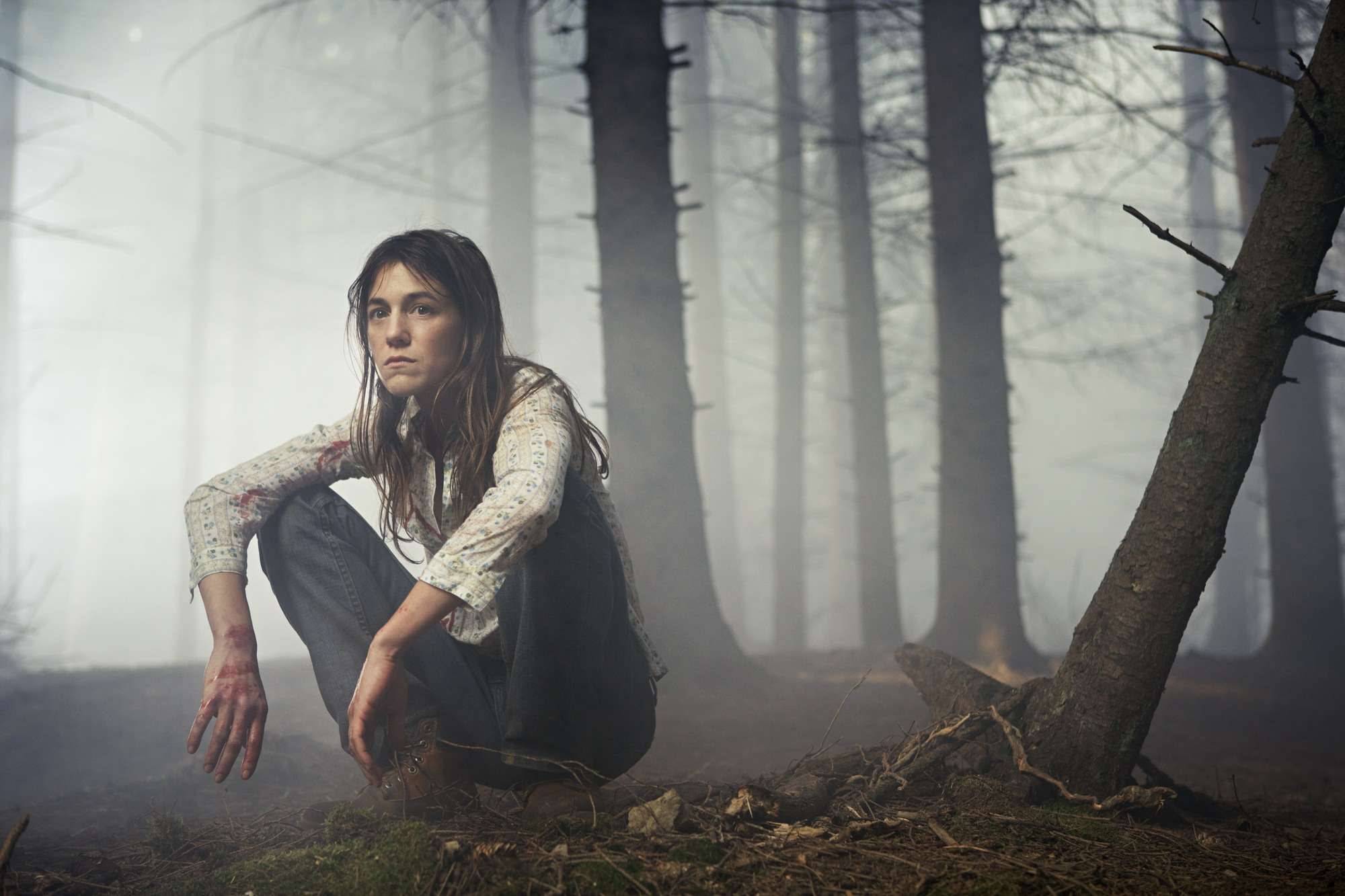
Lars von Trier’s cryptic picture about a woman struggling to live through the death of her child was one of the most discussed movie of 2009. It stars only two main characters, a woman and her husband, respectively played by Charlotte Gainsbourg and Willem Dafoe.
The atmosphere of the movie is overall dark and surreal. “Antichrist” opens with a black and white scene filmed in slow-motion, showing us the dramatic event that ultimately causes the female protagonist’s breakdown: a small boy accidently falling out an open window, while she and the husband are not paying attention as they’re having sex.
Their children dies from the fall and the woman remains stuck in a deep state of grief; for the first month she receives psychiatric care, but then her husband, a psychotherapist who strongly believes in the effectiveness of his alternative therapeutic approach, takes over and tries to pull her out of this depressive state.
The sorrowful tone of the film reflects the director’s own state of mind while filming; von Trier has stated that he started to make the film after he suffered from depression for a long period. Moreover, the movie itself is the first part of what is known as his “Depression trilogy”, followed by “Melancholia” and “Nymphomaniac”.
While pain in response to the death of a loved one may seem understandable, psychiatrists warn about the possible evolution of this condition (known as bereavement) into clinical depression. Gainsbourg’s character manifests some of the main symptoms of a depressive disorder, such as excessive crying, a feeling of emptiness, insomnia, fatigue, and feelings of guilt.
In one scene we also see her suffering from a nocturnal panic attack; while this is not a symptom commonly related to depression (although it may occur), it should be noted that it’s portrayed in a strikingly realistic way.
14. Kotoko (2011)
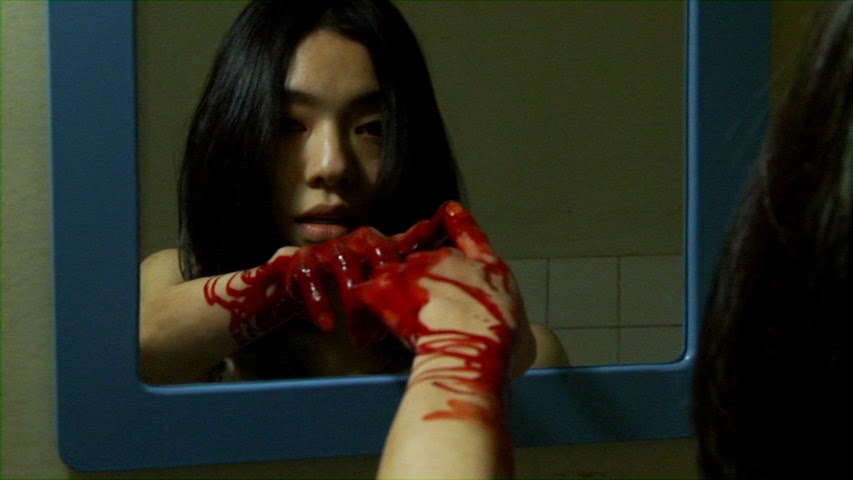
Shinya Tsukamoto is the Japanese cult director best known for his “Tetsuo” trilogy. Just like Cronenberg, Tsukamoto likes to focus its movies around individuals who fall into a state of ecstatic madness, that (as the director suggests) is likely induced by the dehumanizing atmosphere of the contemporary metropolis. Included in this group of mentally unstable characters is also the protagonist of one of Tsukamoto’s last works, “Kotoko”.
Kotoko is the name of a young mother (played by Japanese pop singer Cocco) who is apparently dealing with a serious mental condition, in constant fear of hurting her own infant son; she suffers from a kind of double vision that makes her delusional.
The “doubles” she sees in her mind are the aggressive alter-egos of the people she meets and her reaction to their illusionary assault is usually very violent. Eventually she loses custody of her child and is supposedly sent into an institution to get treated. No scene of the movie, up until the end when we see her wandering in what appears to be a hospital, shows where the woman is sent and what therapy she is receiving.
Tsukamoto stated that in fact it was not in his intention to portray a specific mental disorder; he was instead interested in the psychology of a woman whose mind was split into two sides, evil (the aggressive, delusional one) and good (the motherly one).
But her psychotic behavior, which includes self-harm, is involuntarily a good representation of how a true paranoid schizophrenic behaves; she manifests characteristic symptoms like delusions, an antisocial attitude, a lack of motivation, and seldom catatonic-like states (characterized by psychomotor retardation). Her visual hallucinations cannot be related to a schizophrenia case, though.
Tsukamoto’s belief in the negative influence of the metropolitan space is also consistent with some psychiatric studies that have suggested how urban life may be considered among environmental risk factors for schizophrenia.
15. Still Alice (2014)

Julianne Moore’s interpretation of a professor affected with Alzheimer’s disease is one of the most convincing representations of this mental disorder we can see in movies. “Still Alice” focuses in particular on how the degenerative nature of this illness strikes both the patient and her family, friends and colleagues.
Alice, played by Moore, is a well known professor of linguistics and her status as an academic teacher makes the disorder even more humiliating and frustrating for her. The first symptoms of the disease are shown in the very opening of the movie: while Alice is giving a lesson at her university, she forgets some specific terms during her speech.
Later on, while jogging in a park, she finds herself lost in a familiar place. These events, more and more recurrent, soon start to make Alice worried about her health and she begins to fear the presence of a possible brain cancer.
She undergoes neurological tests and is instead diagnosed with early-onset Alzheimer’s disease, as she is just 50 years old (it’s defined as late-onset after 65 years of age). As specified in the movie, the early-onset occurrence of this disorder is quite uncommon, representing less than 10 percent of all cases on average.
Alzheimer’s disease is a severe degenerative mental disorder characterized by cognitive deficits, initially sporadic but progressively more frequent.
Julianne Moore’s dramatic interpretation realistically portrays all the main symptoms along with their worsening: memory impairment (up to the later point when she fails to recognize her own children’s names), aphasia (language disturbance), agnosia (deficit in the recognition or identification of objects), and disturbance in executive functioning (such as the act of planning).
Author Bio: Michele Bellantuono holds a degree in Humanities. Now he’s studying Modern philology but he is also a movie-enthusiast. His passion for both literature and classical visual arts has led him to love cinema, the 7th art. As a longtime student of literature, he can value and like a good scriptwriting work; as a free time photographer instead, he always appreciates a beautiful cinematography.